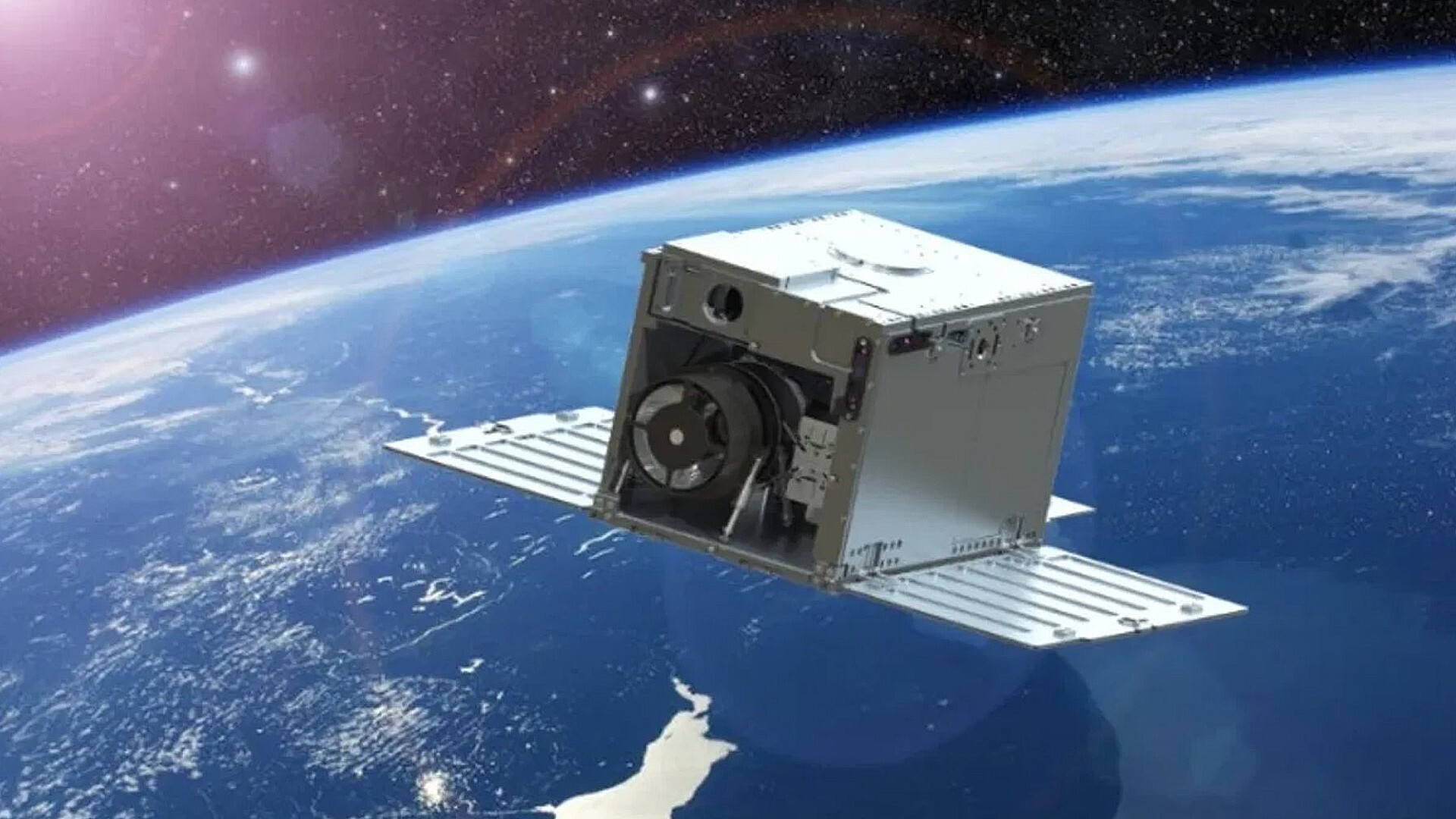
A deep-space telescope's search for potentially habitable exoplanets will get a stellar boost from a small satellite.
The James Webb Space Telescope's (JWST or Webb) far-reaching exoplanet search will receive some help from a much smaller satellite, which is optimized to look at star activity.
The $8.5 million cubesat, selected by NASA, is called Monitoring Activity from Nearby Stars with UV Imaging and Spectroscopy, or MANTIS.
The two spacecraft are complementary. Among its many tasks, JWST scrutinizes the atmospheres of rocky planets that may be host to life, such as its recent examination of an exoplanet in the TRAPPIST-1 system. MANTIS, meanwhile, will look at star activity such as flares after its expected launch in 2026.
Related: James Webb Space Telescope studies mysterious exoplanet with a possible watery past
The MANTIS spacecraft will look at the sky in ultraviolet light, including the most energetic set of wavelengths known as extreme ultraviolet. It will be the first to examine the sky in that range since NASA's Extreme Ultraviolet Explorer that retired in 2001, according to the University of Colorado Boulder.
The theory goes that rocky exoplanets with water on their surface may face extra challenges if they orbit a very active star, given the amount of radiation such planets would be exposed to. MANTIS aims to provide more data to refine that theory, across a year of observations from Earth orbit.
"We're going to be observing stars of all different types, including a range of masses and ages," Briana Indahl, a research scientist at the University of Colorado Boulder and principal investigator for the MANTIS mission, said in the statement.
"We want to understand how this flux of UV (ultraviolet) light coming from stars affects the atmospheres of planets, and even their habitability."
MANTIS will carry two telescopes into space: one optimized for lower-energy ultraviolet radiation, and a never-before-flown telescope type looking at the extreme ultraviolet range.
"For a lot of stars, this is going to be the first time we've seen what they look like in extreme ultraviolet," said David Wilson, a university researcher who leads the mission's science team, in the same statement.
MANTIS is adapting from technology on two other university cubesats: an exoplanet mission called the Colorado Ultraviolet Transit Experiment (CUTE) that launched in 2021, and the Supernova Remnants and Proxies for ReIonization Testbed Experiment (SPRITE) that is scheduled to seek the leftovers of star explosions in 2024.
Once ready for science observing, MANTIS aims to help scientists learn how stellar energy affects the atmospheres of planets in the vicinity, especially for those planets that are close to Earth's size and may be habitable.







